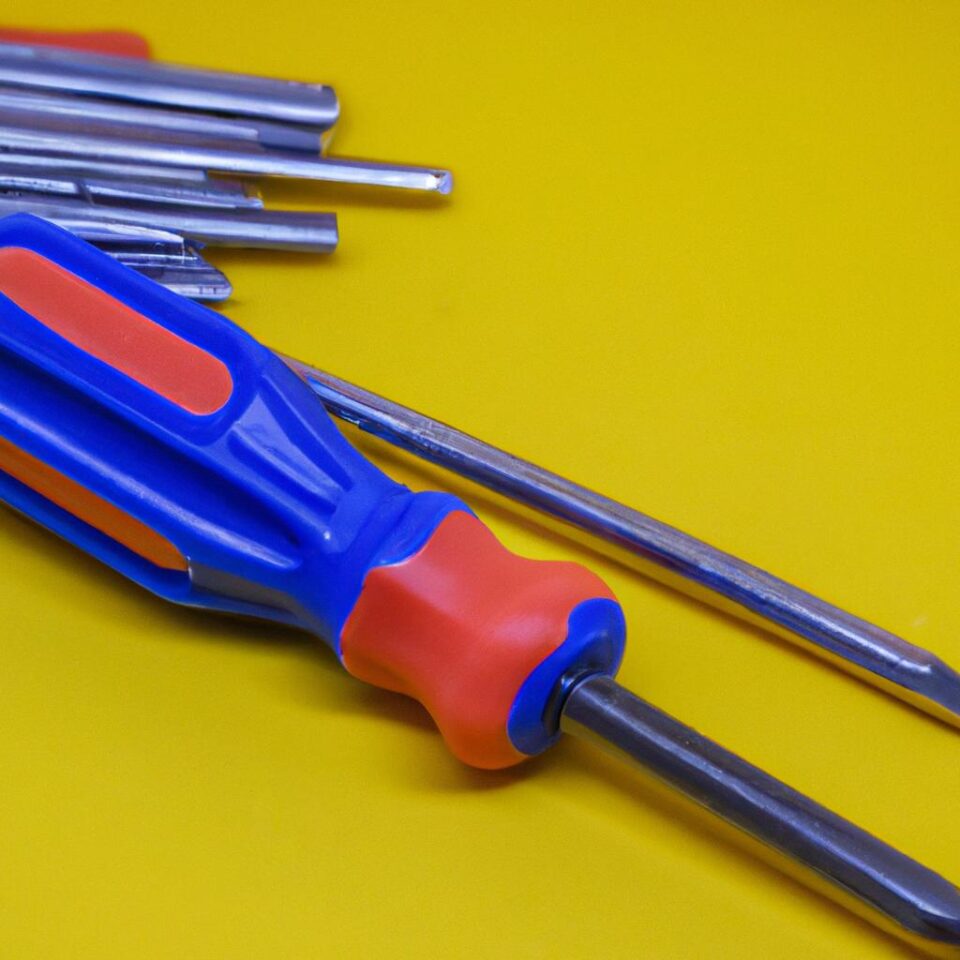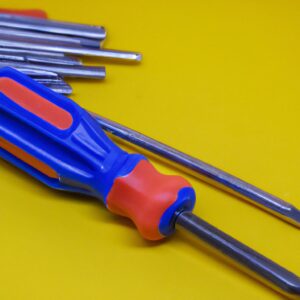Introduction to the Product Development Process
Product development is the process of transforming an idea into a market-ready product. It involves researching customer needs, defining product requirements, designing and prototyping, manufacturing, and quality assurance. Additionally, product packaging, branding, legal requirements, distribution, promotion and oversight are also key components of the product development process.
This guide offers detailed information on each stage of the product development process, from the initial concept to the market-ready product, along with helpful advice on how to optimize the process for success. By following this guide, businesses will have the knowledge and tools they need to create a market-ready product that meets customer needs and stands out in the market.
Identifying & Analyzing Market Needs
As part of the product development process, businesses need to precisely identify and analyze customer needs to fully understand the market. Understanding customer preferences and what they actually want from a product is the backbone of a successful product and should inform every decision that is made throughout the product development journey.
There are a number of ways in which businesses can go about understanding customer needs, including:
- Surveying customers through questionnaires, focus groups, or one-on-one interviews.
- Conducting market research and gathering feedback from customers.
- Analyzing data from past customer behaviour.
- Monitoring competitive products and staying up-to-date with industry trends.
Through this process of gathering customer data and analysing it, businesses can identify patterns and trends. This allows them to craft targeted products that precisely meet customer needs, building products that have the highest chance of success when launched to the market.
Defining the Product Requirements
Creating a successful product requires an understanding of what customers need and want. To ensure that a product meets these expectations, it’s important to have a clear definition of the product requirements. This should include specific information on the purpose, features, and quality standards of the product. It’s also essential to have a full understanding of who the target users are – such as their age, gender, needs, and preferences – in order to design a product that is appealing to them.
Some of the key steps involved in defining product requirements include conducting research, writing a product description, deciding on a budget, setting deadlines, and selecting appropriate materials. Also, it’s important to create a list of technical specifications as early as possible, so that manufacturers can be informed about the size, weight, power, and connectivity requirements.
Producing a successful product requires a lot of time and effort. However, with thorough research and planning, it is possible to develop a market-ready product that meets customer expectations and achieves commercial success.
Design & Prototyping Process
When it comes to product development, the design and prototyping process is a critical one. During this stage, businesses can begin to get an idea of how their concept could look in reality. User research and testing are also highly important, as they provide valuable information about the product and allow you to make changes accordingly.
The main aim of the design & prototyping process is to create a product that meets customer needs, while also considering cost, quality control, manufacturing capability, and sustainability. The process usually involves a few rounds of design, creation, and testing, which can be done in-house, or outsourced to specialized firms.
User research and testing helps to identify any issues with the product and provide an understanding of its potential appeal to consumers. This feedback can help businesses to make informed decisions on the design and development of the product, as well as any necessary modifications.
By combining research and testing with design and prototyping, businesses can ensure that they are creating a product that meets the needs of their customers and has the best chance of succeeding in the market.
Manufacturing & Quality Assurance
The manufacturing and quality assurance process is essential to creating a successful market-ready product. It involves carefully selecting materials and production techniques, in addition to setting up efficient processes and procedures that guarantee the highest levels of quality assurance.
It is important to select materials from reliable sources that meet your customer’s needs. This includes researching into the best methods to use for production, such as injection molding or rapid prototyping, and making sure you understand the technology used to produce the parts. Testing is also critical for verifying the materials and processes used.
Quality assurance focuses on ensuring the product meets customer standards. A few key tips for quality assurance include:
- Use inspections and reviews at all stages of production, including incoming inspection, in-process inspection, and final inspection.
- Consider using automated testing and inspections in order to reduce human error.
- Document all test results and findings to ensure traceability.
- Regularly review and enforce policies and procedures for quality assurance.
- Invest in using the latest tools and technologies to ensure accuracy and quality.
These steps will ensure that your product meets customer expectations and reaches the required standards before it is ready for the market.
Packaging & Branding
Your product’s packaging and branding play an important role in its success. It is key to create a strong visual identity for your product that captivates potential customers and motivates them to purchase it.Packaging should be designed with the customer experience in mind, ensuring that it is easy to open and use. Plus, it must be as sustainable as possible. Branding is equally essential. You need to identify what makes your product unique and design a logo, color palette, and typography that reflects it.
Depending on the product type, you may also need to consider any legal requirements for labeling. This includes nutritional information, country of origin, allergen warnings, and more. Make sure to do your research and work with professionals in this field. Last but not least, you should include your contact details or website address so customers can find out more.
Legal Requirements
Every product needs to comply with legal requirements in order to be successful in the marketplace. As part of the product development process, it is important to understand any legal restrictions or regulations that may apply to a product in its target market. This includes any industry regulations, product safety standards and environmental guidelines.
When developing a product, it’s wise to start by researching any relevant laws and regulations. This will help ensure that a product meets the industry standards and follows all necessary procedures. It can also help avoid any costly penalties or legal issues down the line.
In addition to researching applicable laws and regulations, businesses should also consider seeking out the advice of a lawyer or professional. They can provide further guidance on any potential legal issues that may arise with a product, as well as any liability concerns related to the production and sale of the product.
By factoring in legal requirements into the product development process, businesses can greatly reduce their risk of any legal problems in the future. Doing so can also lead to a more successful and profitable product launch.
Distribution & Promotion
Distributors play an important role in making sure your product reaches customers. They are the ones who facilitate getting the product from the manufacturer to the customer and market it effectively to the right audience. Distributors can range from large-scale multinational companies to small firms, online sellers, and even local shops and boutiques.
To promote a product and get the best out of its distribution, first identify a target market and create a strategy to reach them. Consider all possible channels and decide which is best for your product. This could include online ads, television or radio commercials, print ads, influencers on social media, or any other type of promotional campaign. Utilizing different channels of advertising will help you cover a wider audience and increase sales.
It’s also important to understand the customer needs when producing and distributing your product. Investing time in research and feedback from customers will ensure your product appeals to them. Additionally, having a clear understanding of inventory levels, pricing, and lead times is critical for efficient distribution.
Oversight & Evaluation
For a product to be successful, there needs to be strategic planning and oversight by the company. This involves setting up policies to ensure the product is developed in accordance with any legal requirements or customer needs. Companies must also take a data-driven approach to evaluating the success of the product through consumer feedback.
Having a clear set of goals during the development process, and evaluating progress against those goals as you go, is essential for creating a successful outcome. Companies should review data analysis and customer feedback regularly to ensure that do not lose focus on their end goal.
The evaluation and oversight stage of the product development process is vital for ensuring that the finished product meets the standards of the business and customers alike. Without proper evaluation and oversight, products can become stagnant and fail to meet the requirements of the customer.
Conclusion
Product development is an essential part of bringing a product from idea to market-ready. By taking the time to understand customer needs, define product requirements, design prototypes, use precise manufacturing methods, create attractive packaging and branding, fulfill any necessary legal requirements, distribute and promote the product, and oversee and evaluate its success, strategy and planning can guarantee success. Working with professional distributors and designers can help support an effective product development process and ensure it runs smoothly.
The importance of a collaborative, well-planned product development process should not be underestimated; it can drastically improve the speed and quality of a project. Educating yourself about the product development process, understanding your customer needs, and working with specialists can all help you understand how to successfully take your product from idea to market-ready product.
Resources
Developing a successful product can be a long process, and there are points where it is best to get support. There are many great resources available for those looking for external help with product development. These include websites such as Ideapoke which provide users with a platform to connect with professionals in the product development space. Companies like Utopian.io offer open-source and online collaboration platforms for product teams, connecting members and helping them design something great together. In addition, there are dozens of blogs, podcasts and videos dedicated to product development that are filled with advice and tips.
These and many other resources should be utilized when developing a product. No matter what stage you may be at – from concept to market-ready product – finding the right support can make all the difference.
About the Author
My name is John Doe and I’m an experienced product development specialist. I’ve worked with a range of companies to take their ideas from concept to market-ready product. I’m passionate about giving back to the product development community, so I’m excited to be able to share my knowledge and experience through this guide.
If you have any questions or feedback related to the guide, please feel free to reach out via email at [email protected].
comments: 0

